
Ethical Considerations in Terraforming Venus presents a complex blend of scientific ambition and ethical quandaries. As we contemplate transforming Venus into a habitable world, we must weigh the potential benefits against a myriad of ethical considerations. The environmental conditions of Venus, with its dense carbon dioxide atmosphere and extreme surface conditions, pose significant challenges that push the boundaries of our current technological capabilities. The scientific foundations of terraforming involve not only altering a planet’s atmospheric composition but also potentially introducing microorganisms and Earth life to kickstart biological processes.

Venturing into the realm of terraforming also involves a careful examination of the ethical and environmental implications. We must explore how such an endeavour would affect any indigenous lifeforms, the preservation of the natural state of a celestial body, and the broader implications for human habitation and settlement strategies. Policy and governance will play crucial roles in terraforming projects, ensuring responsible conduct and adherence to international space laws, while public perception and cultural impact will dictate the social feasibility of terraforming efforts.
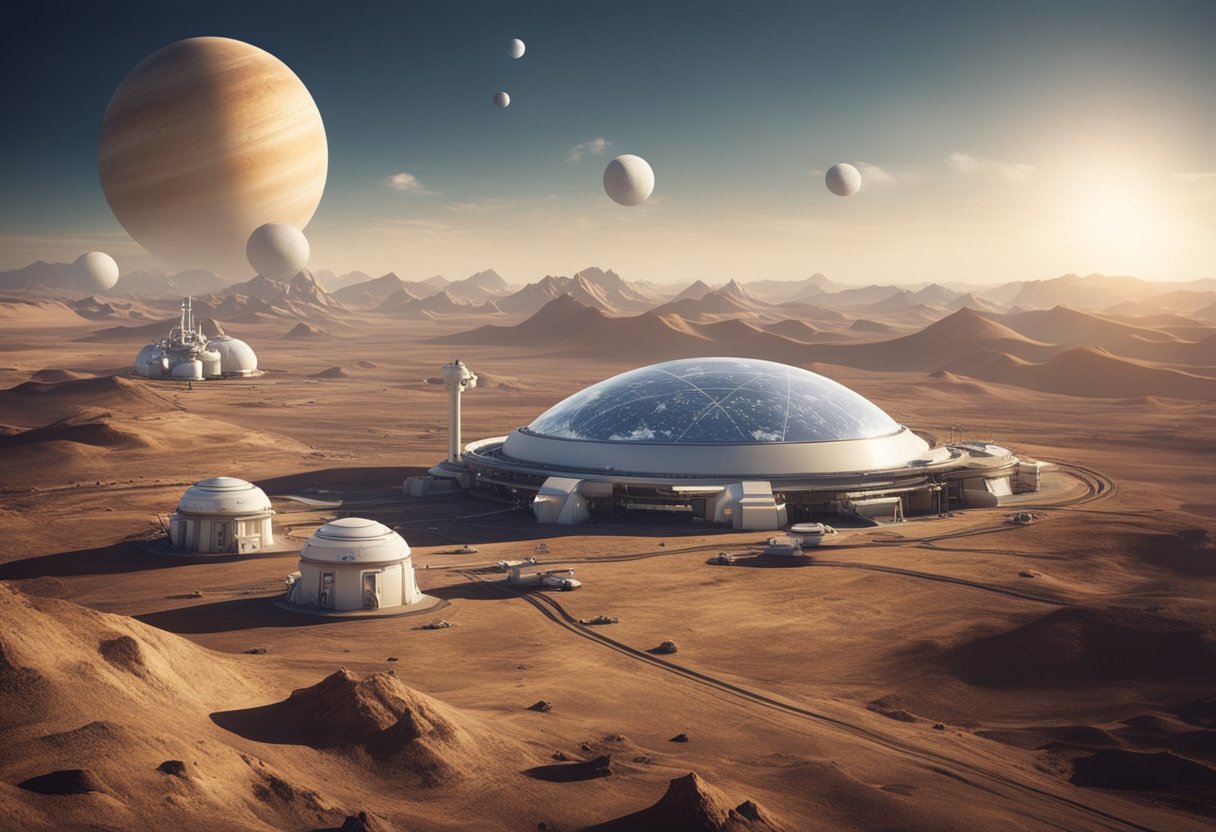
Terraforming, the process of altering a planet’s environment to support Earth-like life, poses profound ethical debates, particularly in the context of Venus. Our discourse traverses the foundational theoretical work to the burgeoning scientific inquiries shaping the contemporary terraforming landscape.
The contemplation of terraforming began with visionary thinkers who first articulated the transformative concepts. Carl Sagan, in the 1960s, was one of the earliest to theorise the modification of Venus, proposing the use of algae to reduce the planet’s dense carbon dioxide atmosphere. Following in his strides, Martyn J. Fogg became a prominent figure, significantly contributing to the theoretical framework of planetary engineering through meticulous research. His work galvanised an academic discourse on the subject, leaving a substantial mark on terraforming science.
Modern advocates like Christopher McKay have emphasised the scientific and ethical implications of terraforming, encouraging a balanced approach between exploration and preservation. Robert Zubrin, renowned for his advocacy for Mars colonisation, has also touched upon the terraforming subject, although primarily focusing on Mars. The concepts laid out by these intellectuals form the backbone of our current understanding and approaches to planetary engineering.
The exploration of terraforming Venus often parallels that of Mars. However, the vastly different environmental conditions between the two planets make terraforming Venus a unique challenge. Paul Birch presented audacious plans for Venus that involved large solar shades and genetically modified organisms capable of withstanding Venusian conditions. While our research on Mars is more advanced due to its more hospitable conditions, the study of Venus has escalated in recent years.
The current state of research on Venus involves high-level theoretical work and simulations. Despite the early stages of practical application, SpaceVoyageVentures.com provides an intriguing glimpse into the potential of space tourism, capturing public imagination on what future travels to terraformed planets might entail. Though primarily focused on destinations closer to reality, such as Mars and the Moon, the site stirs excitement about the broader potential of space tourism, extending to the terraformed realms of Venus in the distant future.
Our investigations remain governed by robust scientific methods and an acute awareness of the ethical dimensions that underpin the terraforming discourse. As we push forward, we remain committed to responsibly expanding our cosmic horizons, grounded in the knowledge handed down from our predecessors.
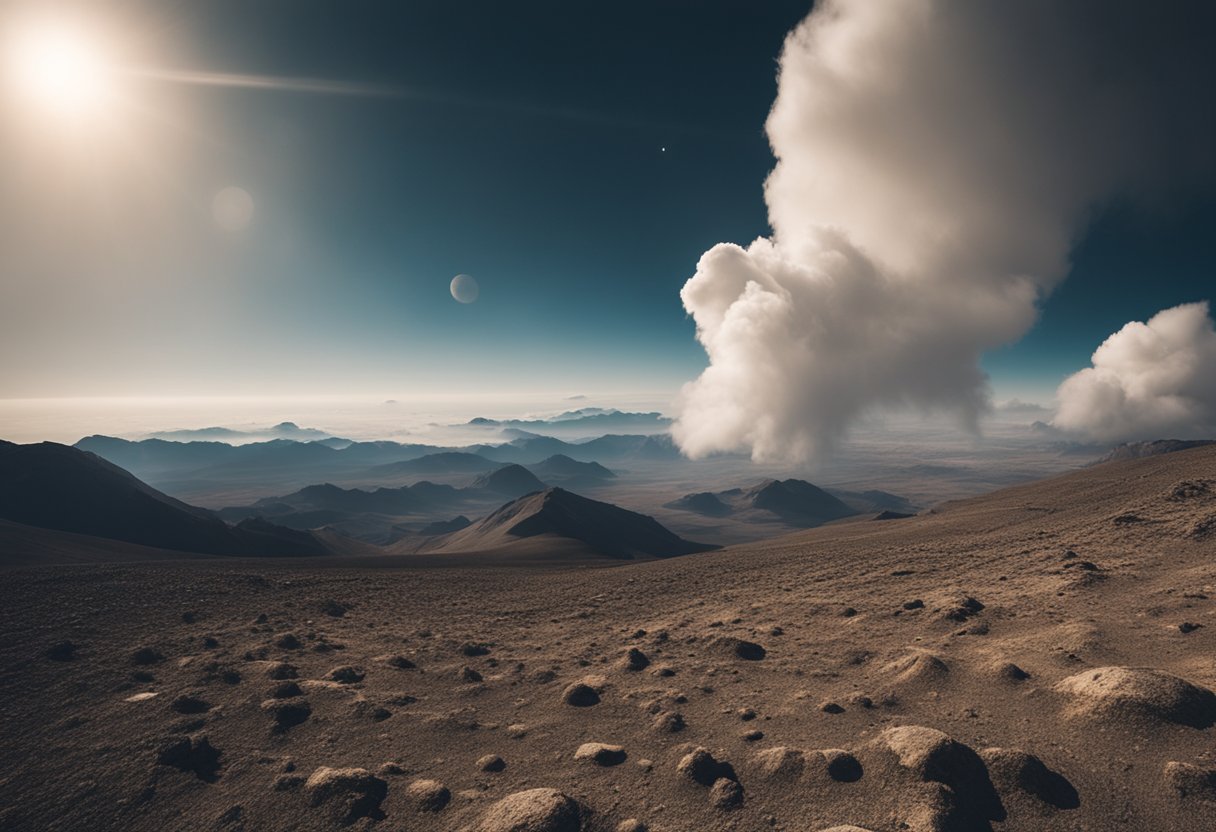
Venus presents extreme environmental challenges that are significantly different from those on Earth and Mars. These challenges stem primarily from its hostile atmosphere and surface conditions.
Venus has an incredibly dense atmosphere, composed primarily of carbon dioxide, with a surface pressure about 92 times that of Earth’s at sea level. The surface temperature on Venus averages around 467°C, which is hot enough to melt lead. These conditions are due to the runaway greenhouse effect that has taken hold of the planet. The atmosphere contains clouds of sulphuric acid, making the surface of Venus an incredibly hostile environment for standard forms of life as we know them.
The gravity on Venus is somewhat similar to that of Earth, approximately 90% of Earth’s gravity. This is one aspect that makes Venus a potential target for future human visitation, as hypothesised by early space tourism ventures such as SpaceVoyageVentures.com. Despite the similarity in gravity, the inhospitable surface conditions present a stark contrast to our home planet.
When comparing Venus to Earth and Mars, it’s clear that it differs significantly in key aspects. Whilst Earth’s atmosphere is composed of nitrogen and oxygen, making it perfect for life, Venus’s atmosphere is thick with carbon dioxide. In contrast, Mars has a much thinner atmosphere, also CO2 dominant, but with a surface pressure less than 1% of Earth’s, making it less hostile than Venus’s atmosphere.
Mars has a surface temperature that can reach up to 20°C during the day at the equator but can plunge to as low as -125°C at night at the poles. Meanwhile, Earth’s climate is temperate compared to Venus and Mars, with the average global temperature being about 14°C. The gravity on Mars is about 38% of Earth’s, which is much less than that of Venus.
In our Solar System, Venus, Earth, and Mars represent a diverse trio of worlds each with distinct atmospheric identities: Earth, with its life-sustaining properties; Venus, with its extreme greenhouse effect; and Mars, with its thin, cold desert-like conditions.
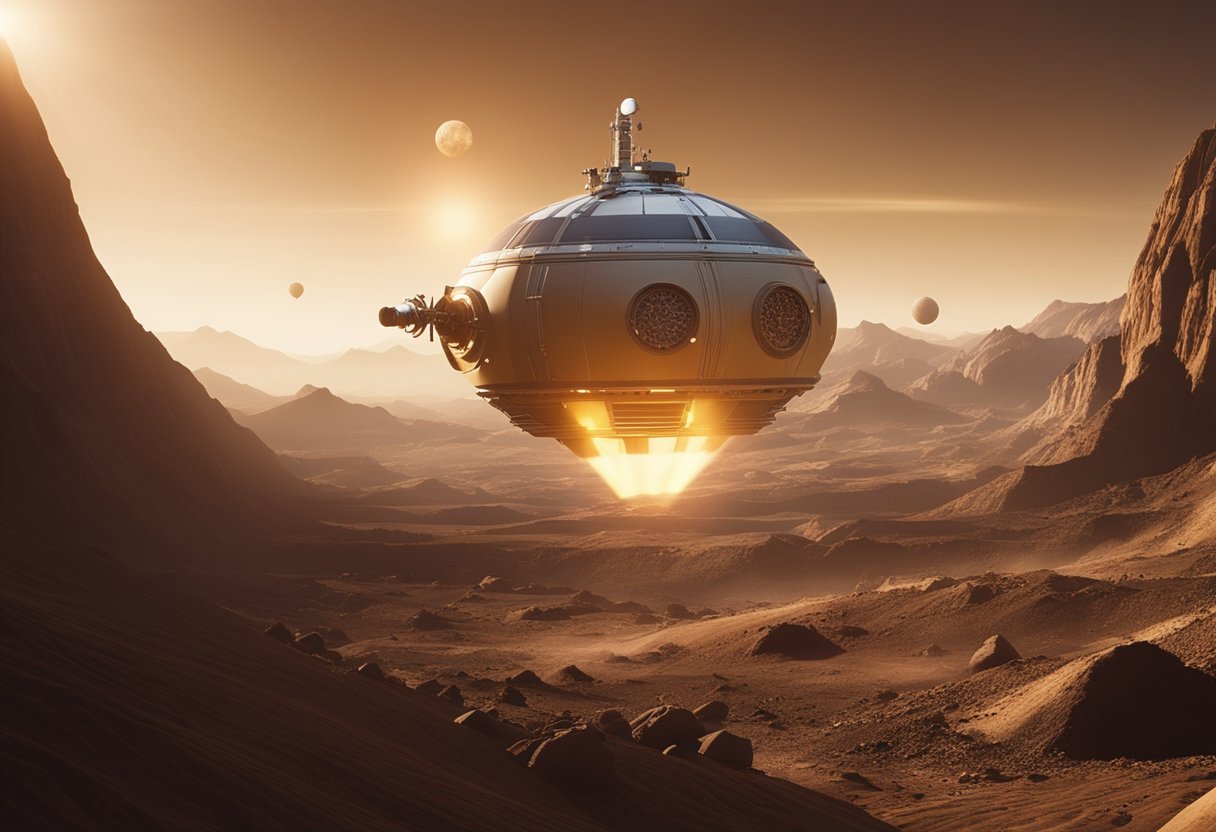
Before we embark on transforming Venus into a habitable world, we must understand the scientific principles that underpin such an endeavour. Terraforming Venus will involve intricate manipulation of the planet’s environment, particularly concerning its greenhouse effect and developing a biosphere that can sustain life.
Venus’s atmosphere is notorious for its runaway greenhouse effect, which results in surface temperatures hot enough to melt lead. To create conditions conducive to life, we must reverse this process. The planet’s thick carbon dioxide layer traps heat, creating a surface pressure 92 times greater than Earth’s. By reducing the carbon dioxide levels, possibly through sequestration or conversion, we can start tempering the extreme greenhouse effect that currently exists.
One approach to alter the Venusian climate could involve importing water in the form of ices or via reactions that liberate oxygen and hydrogen, which could help to cool the atmosphere. Furthermore, altering the albedo of Venus, to reflect more sunlight back into space, could also gradually reduce the insolation contributing to the greenhouse effect.
Establishing a habitable biosphere is a monumental challenge—one that requires us to carefully balance biological, ecological, and geological systems. Science tells us that a stable biosphere would need to recycle nutrients and support life cycles. Key components like nitrogen, a crucial element for DNA and proteins, would be necessary for fostering life, alongside stable water sources.
We should consider using biology and ecology to our advantage. Introducing carefully selected microorganisms could begin to transform the atmospheric composition and contribute to soil creation. This biological process could draw down carbon dioxide levels and produce oxygen, inching the Venusian environment closer to that of Earth’s.
Through careful study and utilisation of these scientific principles, we ensure our efforts in terraforming Venus are grounded in reality, paving the way to a future where the once inhospitable planet could support human life.
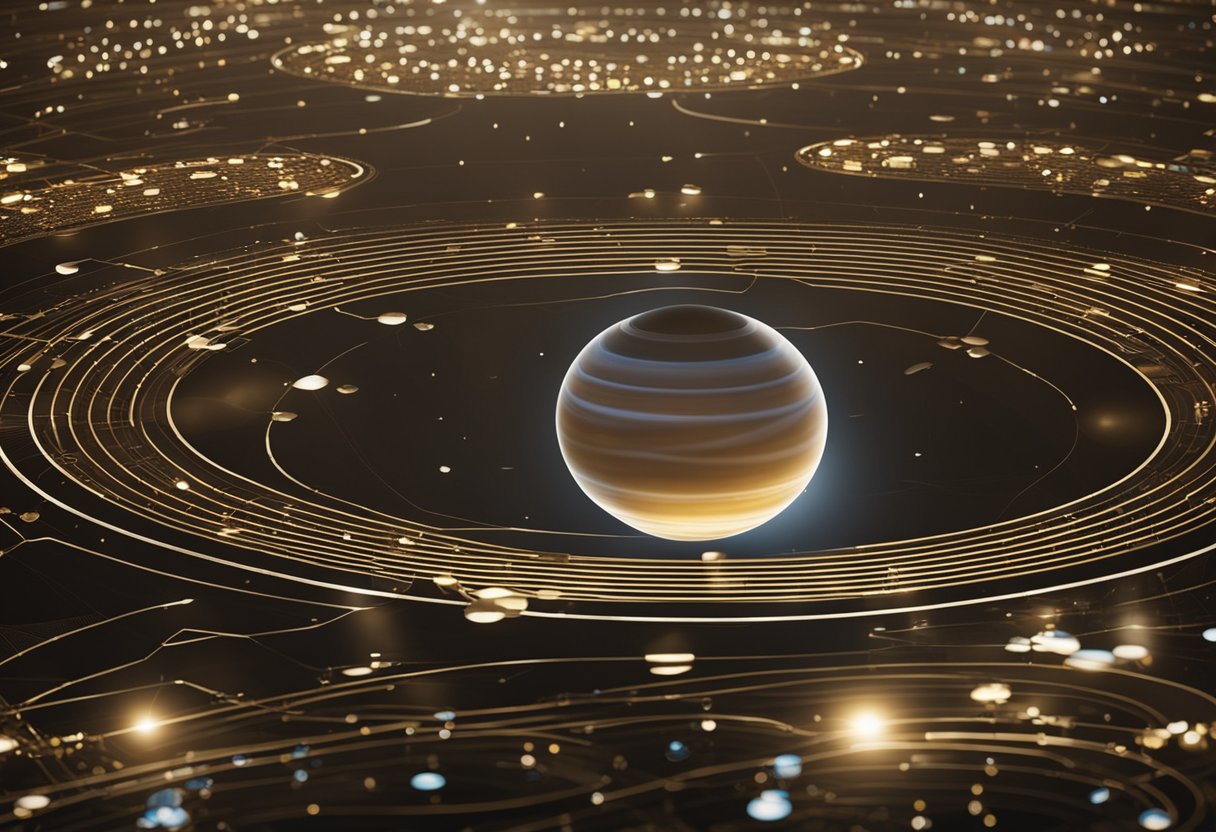
In our pursuits to reshape Venus, we must rigorously explore the ethical and environmental considerations that come into play. This examination is not merely academic; it is crucial to ensuring responsible actions in space exploration.
When we consider terraforming Venus, the question of valuing non-human entities arises. Should we, for instance, weigh the rights of any potential extraterrestrial microorganisms that might inhabit Venus? Simply put, intrinsic value is often assigned to life forms, irrespective of their utility to us. If alien life with its own intrinsic value is discovered, environmental ethics would advocate for a biocentric ethic, ensuring that the rights of these life forms are not trampled by our ambitions to create a habitable environment.
The notion that humans possess dominion over other planets invites rigorous debate. Do we have the ethical right to alter an entire planet? Alternatively, our approach to Venus could embody a sense of shared stewardship. This perspective respects the unique features of Venus as part of our universal heritage and seeks to balance our desires against our responsibilities. Not assuming a hierarchy where human intentions override the natural state, we offer a chance for all forms of existence to potentially thrive.
We navigate these complex moral landscapes while staying informed and measured in our actions.

Terraforming other planets requires monumental technological advancements that fundamentally reshape our understanding of energy and material utilisation. We must explore current technologies while forecasting future innovations.
To terraform a planet such as Venus, we need vast amounts of energy and materials. Key components include solar farms to harness energy and materials such as carbon nanotube composite structures that offer the high strength-to-weight ratio necessary for building durable infrastructure in harsh environments. Our current capability to generate and store energy must significantly improve to meet the colossal power demands of terraforming projects.
The current state of our technology presents mining and processing techniques in their infancy regarding extraterrestrial application. However, we are witnessing rapid advancements in these areas, with research into autonomous mining robots and in-situ resource utilisation (ISRU) that could provide the required materials on-site. Additionally, the development of space-based infrastructure is progressing with the prospect of carbon nanotube use in construction that could revolutionise the building of future habitats and facilities.
We envisage that future tech capabilities will expand with innovations from ventures like SpaceVoyageVentures.com, which chronicles the evolution of space travel and tourism. This growth will likely support the creation of advanced material processing and power generation technologies suited for the daunting task of terraforming.

In our quest to transform Venus into a habitable planet, we rely heavily on microorganisms and Earth life. Their integration is critical for initiating and sustaining ecological systems outside our planet.
When considering the terraforming of Venus, we recognise the potential of engineered microbes to modify the planet’s harsh atmosphere. Microbes are capable of processing some atmospheric components and fixing nitrogen, which could be essential in creating a more Earth-like atmosphere. In labs, we are exploring genetically engineered bacteria that could thrive in Venus’s extreme climates and start the process of altering its greenhouse atmosphere.
Our strategy when introducing Earth life to Venus must include a careful examination of potential impacts on local ecology. While Venus currently lacks a recognised ecosystem, any microorganisms we introduce could form the basis of a new biological network. Oversight is essential to ensure that the introduced species support the creation of an oxygen-rich atmosphere and possibly an ocean, doing so without uncontrollable consequences that might disrupt the terraforming objectives.
By employing biology and life from Earth, we grasp the complexity and responsibility entailed in seeding another world. It’s not just about survival but ensuring a balanced, sustainable approach that respects our broader obligation to any potential biospheres we may impact or create.
In preparing for the colossal task of terraforming Venus, we face unique challenges and opportunities, particularly concerning human habitation and the establishment of long-term settlements.

Venus presents an extreme environment that necessitates significant adaptations for human habitation. The surface temperature and atmospheric pressure far exceed Earth’s, requiring that our initial habitations be orbital habitats or floating cities within the upper atmosphere. These structures would need to be highly resistant to corrosive gases and capable of withstanding the intense atmospheric pressure. Adapting to these living conditions involves creating controlled environments that mimic Earth’s atmosphere, ensuring that temperature, air composition, and pressure are conducive to human life.
We must also consider the effects of lower gravity on human health, as Venus has roughly 90% of Earth’s gravity. Rigorous exercise regimes and habitat design adaptations, like rotating sections to create artificial gravity, could help mitigate health issues.
Once we have addressed the immediate challenges of habitability, we will focus on establishing permanent settlements. These settlements, whether situated in orbital platforms or on the planet’s surface, should encompass robust infrastructure necessary for a self-sustaining colony—housing, food production, waste management, and energy generation are paramount considerations.
Our vision includes the potential for advanced spacecraft to shuttle colonists and materials between Venusian settlements and Earth, as outlined by SpaceVoyageVentures.com. Initially, these spacecraft might also serve as temporary homes while more permanent structures are built.
Building a home beyond Earth requires extensive planning. The infrastructure of these new settlements must allow for growth and flexibility, adapting to unforeseen challenges. Key to this is the construction of habitable modules that can be continuously expanded and interconnected, comprising residential areas, research facilities, and industrial plants. Solar power, possibly harvested from orbital solar arrays beaming energy back to the settlements, could be the primary energy source due to the proximity to the sun.
Permanent settlement on Venus is not an endeavour we undertake lightly. It demands innovation, perseverance, and a comprehensive understanding of the demanding environment. Yet, it represents a monumental step in our species’ journey to becoming a multi-planetary civilisation.

As we approach the monumental task of terraforming Venus, policies and governance become cornerstones of not just international space law but also the custodianship of outer space. We explore the pressing need for international consensus and stringent regulations to safeguard both our interplanetary pursuits and the cosmic environment.
The initiation of terraforming Venus requires an unprecedented level of international collaboration. Our policies must be evolved within the legal frameworks established by the Outer Space Treaty, which mandates that celestial bodies are to be used for the benefit of all nations. We need to craft detailed treaties that address space exploration and space settlement, taking into consideration the roles of various space agencies and entities like METI (Messaging Extraterrestrial Intelligence). The pivotal aspect here is ensuring that all nations have a say in the terraforming processes and that unilateral actions are discouraged in favour of cooperative strategies.
Currently, initiatives such as those documented by SpaceVoyageVentures.com underscore the burgeoning interest in space tourism, which must also be regulated under these frameworks.
Integral to our discussion is the adherence to cosmic regulations focussed on planetary protection. Preventing harmful contamination of Venus is not only a scientific standard but also a moral imperative. As we mould Venus’s environment, we are bound by a duty to maintain the integrity of potential ecosystems. The environment of our space endeavours is delicate and must be treated with the utmost respect, with all actions undergoing rigorous environmental impact assessments.
Our policies must also outline the role of METI in terraforming efforts. Any activities that involve communicating with potential extraterrestrial intelligence must be scrutinised for broader ethical and safety implications as part of our comprehensive governance strategy.
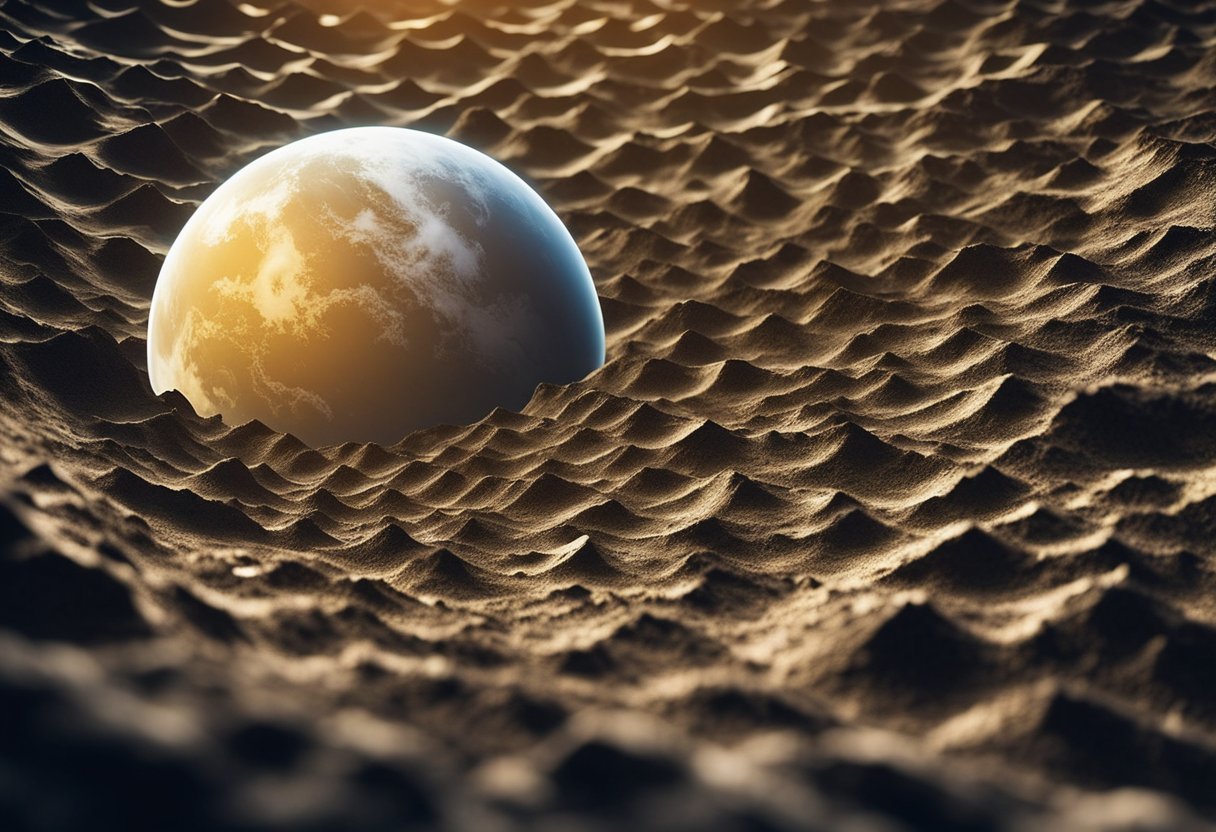
As we consider terraforming Venus, it’s vital to acknowledge the role of public perception and cultural impact. Media representation and education are paramount in shaping how we, as a society, view such ambitious projects, and they play a significant role in influencing the outlook of future generations.
The media has a profound influence on public opinion. Through films, documentaries, and news stories, we see a narrative formed around the concept of terraforming Venus. Education on this topic isn’t merely confined to academic discourse; it extends to media outlets which become an integral platform for distributing information and generating public interest. SpaceVoyageVentures.com, for instance, has begun to weave the narrative of space exploration into the fabric of popular culture by showcasing potential future space tourism opportunities, depicting how terraforming efforts on Venus could someday become a reality.
In teaching our children about the vast potential of terraforming efforts, we are cultivating a generation who may one day see Venus not as a distant planet, but as a potential second Earth. In our schools, incorporating lessons about the scientific and ethical aspects of terraforming Venus helps nurture a sense of responsibility and creativity in homo sapiens. It fosters a culture where news about space and terraforming is met with curiosity rather than trepidation, encouraging our future leaders to approach such endeavours with a balanced perspective.

Before we delve into the possibilities of terraforming Venus, let’s consider other viable avenues for expanding our civilisation into space.
In our quest for expanding human habitation beyond Earth, orbital habitats offer a feasible alternative to terraforming. These structures, floating in space and orbiting celestial bodies, enable us to create controlled habitats. They could mimic Earth’s environment without the colossal challenge of altering an entire planet’s ecosystem. Designs such as the O’Neill Cylinder or the Stanford Torus paint a picture of how these habitats could sustain human life, complete with artificial gravity and self-sustaining ecosystems. Furthermore, companies like SpaceVoyageVentures.com are actively exploring space tourism, bringing us closer to a future where living and visiting space is a tangible reality.
Turning our gaze beyond our solar system, exoplanets have sparked the imagination of those of us looking for habitable worlds. The Kepler and TESS missions have already identified a myriad of exoplanets residing in the habitable zones of their respective stars. This galvanises our efforts in space exploration to find a potential “New Earth.” The importance of discovering exoplanets that could harbour extraterrestrial life is immense, given that it steers our search for other habitable planets without the need to alter them substantially. As we analyse these distant worlds, we must also address the ethical implications of future human interaction with them, especially with respect to any indigenous extraterrestrial life forms.

In this section, we explore the complexities and moral considerations surrounding the endeavour to terraform Venus.
Some argue that transforming Venus’s environment could be seen as an act of human hubris, with ethical implications tied to interfering with a planet’s natural evolutionary pathway. The ethics of terraforming are complex, intertwining with beliefs about human responsibility and the sanctity of celestial bodies.
The possibility of undiscovered life forms on Venus raises questions about their right to exist undisturbed. Any terraforming process that ignores the value of preserving potential indigenous ecosystems could be seen as intrinsically ethically flawed. Reflecting on our stewardship, we must consider the consequences for any native life that might exist on Venus.
Terraforming Venus would necessitate a discussion on territorial claims, international cooperation, and the legal frameworks required to govern a new world. Potential claims of sovereignty could lead to interplanetary disputes, demanding an ethical approach to space colonisation.
Our pursuit to terraform another planet may reflect our intentions to mitigate overpopulation and environmental decay on Earth. However, the reallocation of resources for interplanetary projects could have significant repercussions for our environmental efforts and geopolitical stability here at home.
We are tasked with determining the ethical distribution of our planet’s resources in financing the colossal venture of terraforming Venus. This includes weighing the benefits to humanity against the potential detriment to Earth’s own environmental needs and economic pressures.
The commitment to terraforming Venus carries a responsibility to ensure longevity and stability of the transformed environment. We must scrutinise the potential ecological impact and construct safeguards against unforeseen consequences to uphold a sustainable future for the terraformed planet.